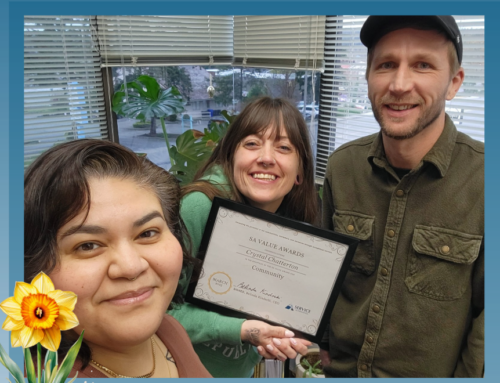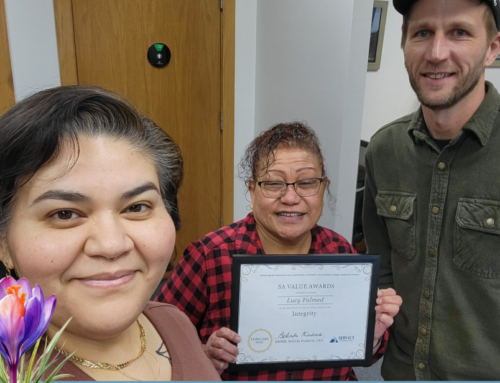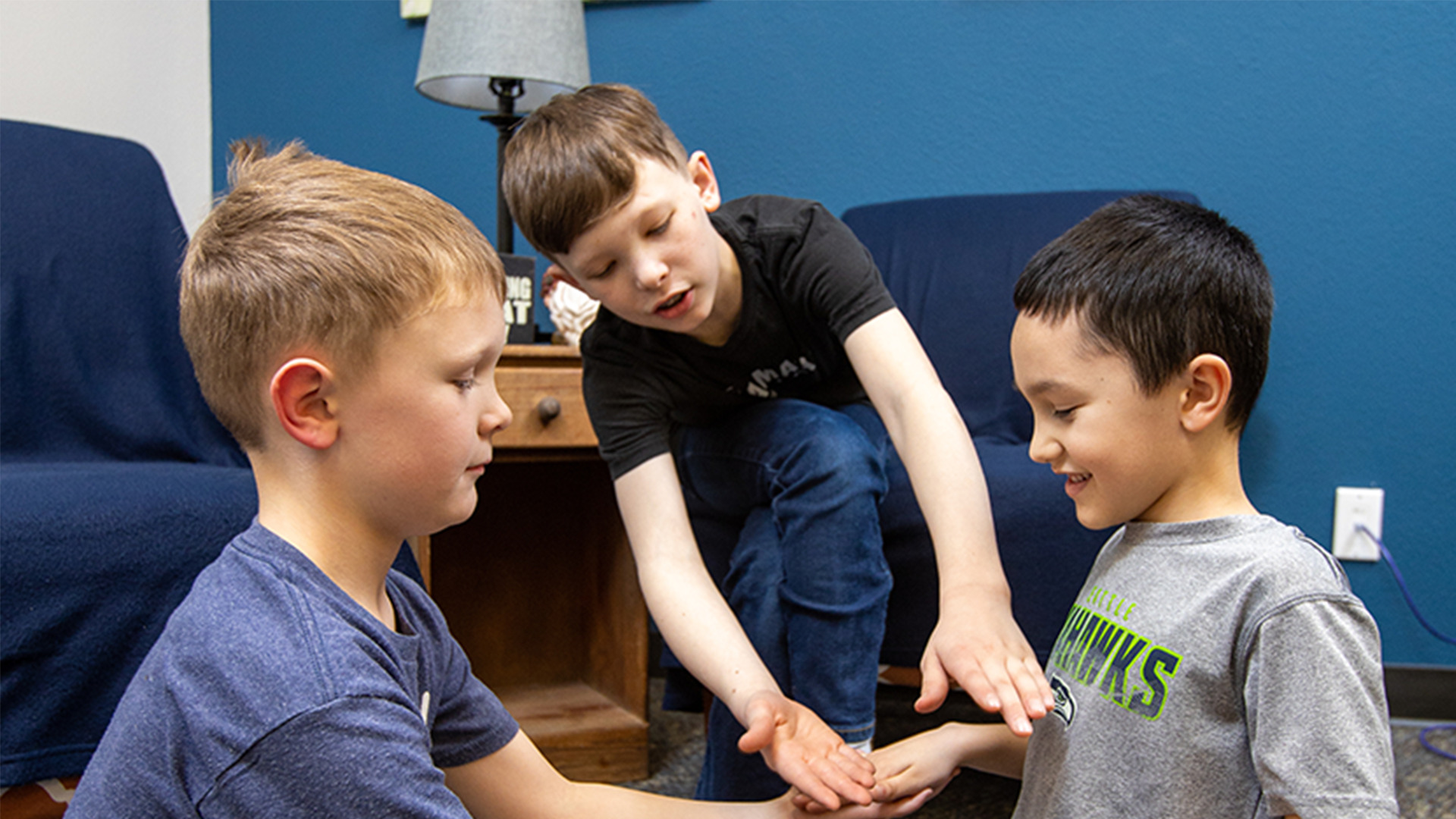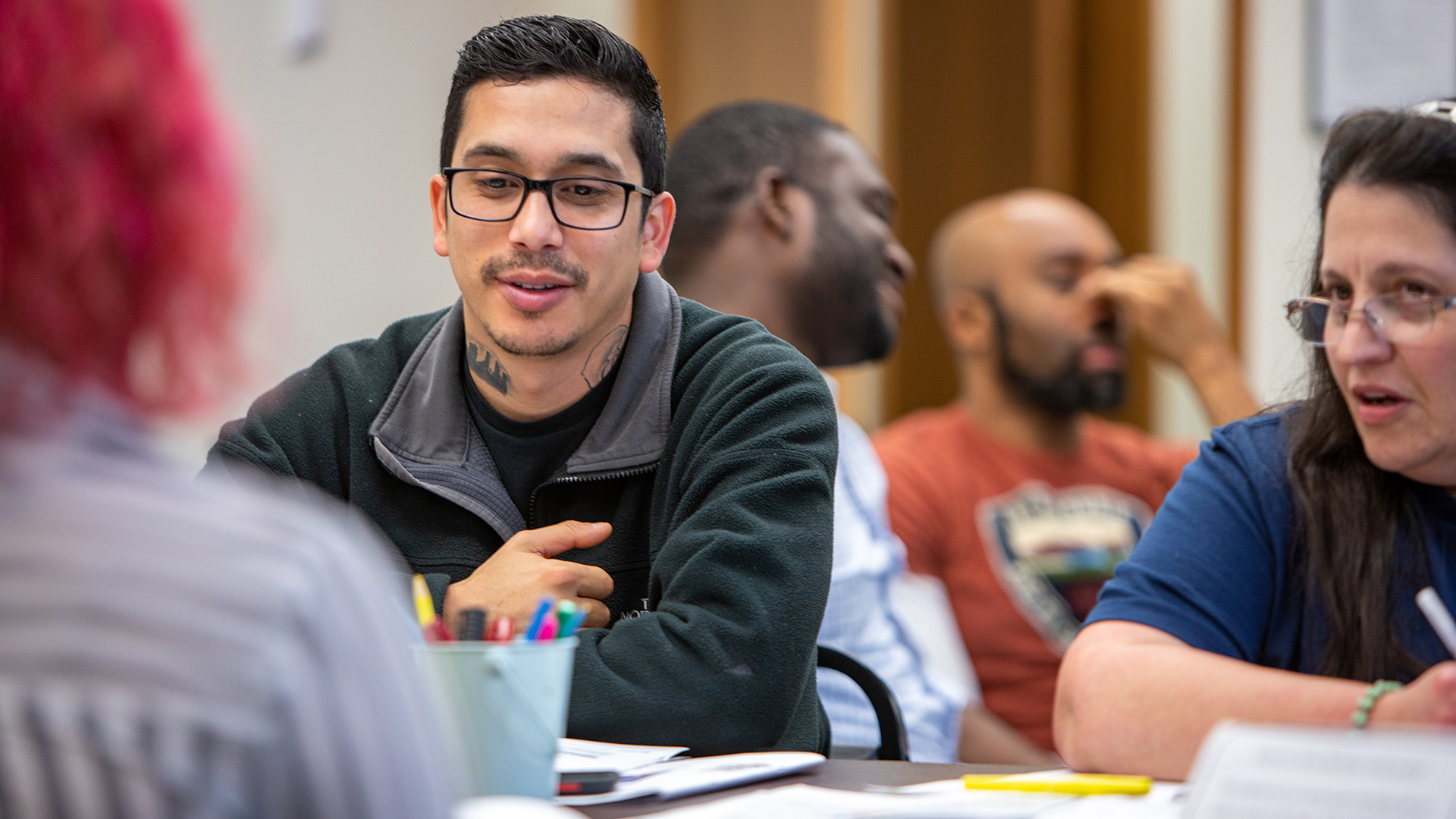You’ll see National Autism Awareness Month talked about in two different ways. The alternative title it’s been given is National Autism Acceptance Month. The driving force here is a community wanting to challenge us to go a step beyond becoming aware of autism. We could do so much more good if we also accepted it. So, let’s talk about it!
To start off, what is autism?
Autism is a spectrum disorder and can manifest differently in each person diagnosed with it. One person with autism will thrive with rigid routine and may display repetitive behaviors. They may also be sensitive to sensory input. Another person will prefer a regular routine, choose not to stray from that, and will decline last-minute invitations. It could also look like the friend who always sits in the same spot on your couch and may feel thrown off if someone else sits there first. Given that autism is on a spectrum, the range of differences is significant.
So, as we learn more about autism, what do we do with that knowledge? Of course, we should not go around and ask people if they have autism or try to guess. Honestly, it’s none of our business. It’s up to the individual if they want to share that information with us.
Learning and Acceptance
Consider the response to someone with autism as similar to the way you might respond to someone having anxiety. It’s simply not appropriate to go around diagnosing people from our own assumptions or asking if they have anxiety. However, the more time we spend with people the more we can notice their habits and preferences. Perhaps routine helps to soothe your friend’s anxiety about how things will happen. Perhaps they have small rituals they perform to address anxiety when it starts to surface (breathing techniques, grounding exercises). When we break down the behaviors and recognize they bring comfort, it really doesn’t matter if the person is doing it because they are experiencing anxiety or autism or for some entirely other reason.
The takeaway – a starting point towards acceptance:
- Work on being aware of the people around you and what makes them seem comfortable or uncomfortable.
- If someone chooses to share that they have autism with you, ask how you could support them.
- You don’t need to know the reason why someone may prefer a routine or have certain behaviors to respect them.
Learn More:
If you’d like to continue learning, check out these organizations and resources:









